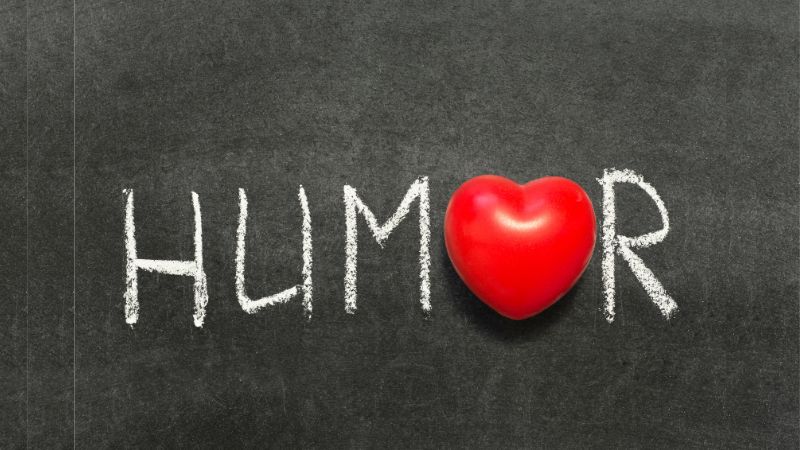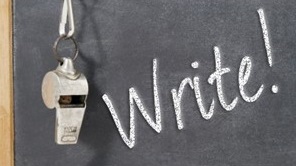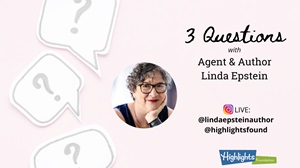They say that talking about comedy is one of the un-funniest things you can do. So consider yourself warned.
I can’t promise any lol’s in this article, but I do hope it will give you an idea or two that you can add to your humor-writing toolbox–whether you’re writing a story that’s generally humorous in nature, or adding a scene or piece of dialogue to add levity to a moment or connect with a reader.
Part of what makes comedy a particularly tricky writing challenge is the fact that it can be so subjective. How many times have you told a supposedly hilarious joke, only to be greeted with a polite smile or courtesy chuckle? And on the other side, have you ever tossed off what feels like a completely neutral comment, only to get a big laugh in return?
It really is (or can be) a very individual thing. Maybe that’s why we are much more apt to refer to someone’s sense of humor than we are their “sense of drama.”
Having said all that, it’s also true that there are all kinds of specific techniques, tips, and conventions you can consider when writing comedy; things you can apply to your funny manuscript no matter where your particular sense of humor resides.
Here are three examples:
1. THE COMIC DROP
I’m referring to when the status between two characters changes, often in an unexpected way. I think here of the old Road Runner cartoons, which were really just comic drop after anvil-laden comic drop. But again, this is a technique that might apply in a much subtler way: think about a comedy of manners where the proverbial tables are turned, for instance. Or a bit of Jane Austen dialogue.
Inter-character shifts are an amazing way to tell a story; doing so with humor can create a memorable touchpoint for a reader.
2. THE RULE OF THREE
There’s a certain magic in the number three, when it comes to writing.
We all know what happens to the big bad wolf on his third try, right? I mean, not so funny for the wolf himself, but from a story structure perspective, the payoff of that story at the exact right time.
Or, from another angle, consider the difference between “I went to the store for a gallon of milk and a box of cookies” and “I went to the store for a gallon of milk, a box of cookies, and a chance to talk to that cute cashier.”
There’s just something about that third slot in your scene, or sentence, or story, that carries a certain anticipation-and-punch, or punchline.
3. IMPROVISATION
This is a big part of my own writing practice, stemming back to my experiences in theater, where improv is often used to find the funny in a given situation.
As for writing, I highly recommend Natalie Goldberg’s Writing Down the Bones, which is built around what she calls practice writing–essentially improv for writers.
Some of my favorite funny moments in my own stories have come from the improvisatory technique of shutting off my inner critic, letting fly, and stumbling into one spark or another that I wouldn’t have found in any other way.
The Key to Using These and Other Tools: Doing So In Your Own Style
In my workshops we look at all of these techniques, as well as rhythm, voice, situational vs. physical comedy, wordplay, callbacks, and more.
While writing comedy/humor can be difficult, and doing so in your own style and voice without feeling “forced” can be even harder, it can pay real dividends in telling a story that generates reader connection.
With strategies, tools, and techniques for exploring humor in your writing and storytelling, the process becomes easier and a lot more fun.







